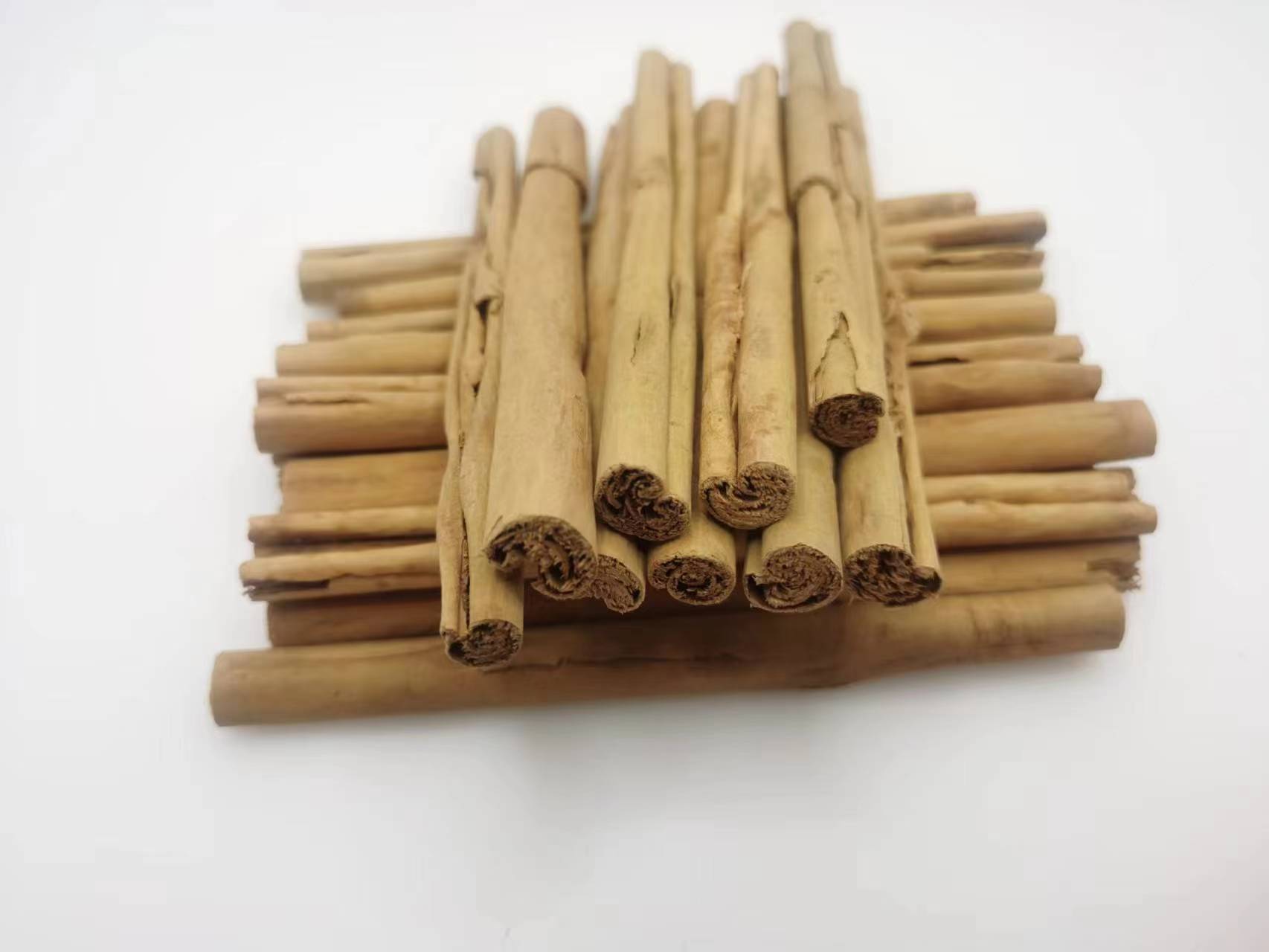Ceylon cinnamon, also known as "true cinnamon," is derived from the inner bark of the tree Cinnamomum verum, native to Sri Lanka and southern India. It is prized for its delicate and sweet flavor,
which is less harsh than that of cassia cinnamon (often simply called cinnamon in many countries).

Here are some key points about Ceylon cinnamon:
1.Flavor and Aroma: Ceylon cinnamon has a subtle, sweet, and slightly citrusy flavor with a delicate aroma. It is often considered superior to cassia cinnamon due to its refined taste.
2.Appearance: The quills (sticks) of Ceylon cinnamon are lighter in color and have multiple thin layers, making them more fragile and easier to break. In contrast, cassia cinnamon sticks are thicker and harder.
3.Health Benefits:
Antioxidant Properties: Ceylon cinnamon is rich in antioxidants, which help combat oxidative stress and inflammation.
Blood Sugar Regulation: Some studies suggest that Ceylon cinnamon may help lower blood sugar levels and improve insulin sensitivity.
Anti-Inflammatory: It has anti-inflammatory properties that may help reduce inflammation in the body.
Low Coumarin Content: One of the significant advantages of Ceylon cinnamon over cassia is its low coumarin content. Coumarin is a natural compound that can be harmful to the liver in large amounts.
Ceylon cinnamon contains much less coumarin compared to cassia, making it a safer option for regular consumption.
4.Culinary Uses:
Baking and Desserts: Ideal for use in baking, desserts, and sweet dishes due to its mild flavor.
Beverages: Often used in teas, coffee, and hot chocolate for a hint of warmth and sweetness.
Savory Dishes: Used in various savory dishes, especially in Indian, Middle Eastern, and Mediterranean cuisines.
6.Purchasing and Storage: When buying Ceylon cinnamon, look for products labeled as "Ceylon" or "true cinnamon." Store it in an airtight container in a cool, dark place to maintain its freshness and potency.
Ceylon cinnamon is a versatile and healthful spice that can enhance the flavor of many dishes. If you have specific questions about its uses or benefits, feel free to ask!
Origin:
Native to Sri Lanka and southern India.
Flavor and Aroma:
Mild, sweet, and delicate flavor.
Subtle aroma with hints of citrus.
Appearance:
Light brown in color.
Quills are thin, with multiple delicate layers that can be easily broken.
Health Benefits:
Rich in antioxidants.
Low in coumarin, a natural compound that can be harmful in large amounts.
Potential benefits include blood sugar regulation, anti-inflammatory properties, and antioxidant effects.
Culinary Uses:
Preferred in baking and desserts due to its mild flavor.
Used in beverages like tea, coffee, and hot chocolate.
Suitable for savory dishes, particularly in Indian, Middle Eastern, and Mediterranean cuisines.
Price:
Generally more expensive due to its refined flavor and limited production regions.